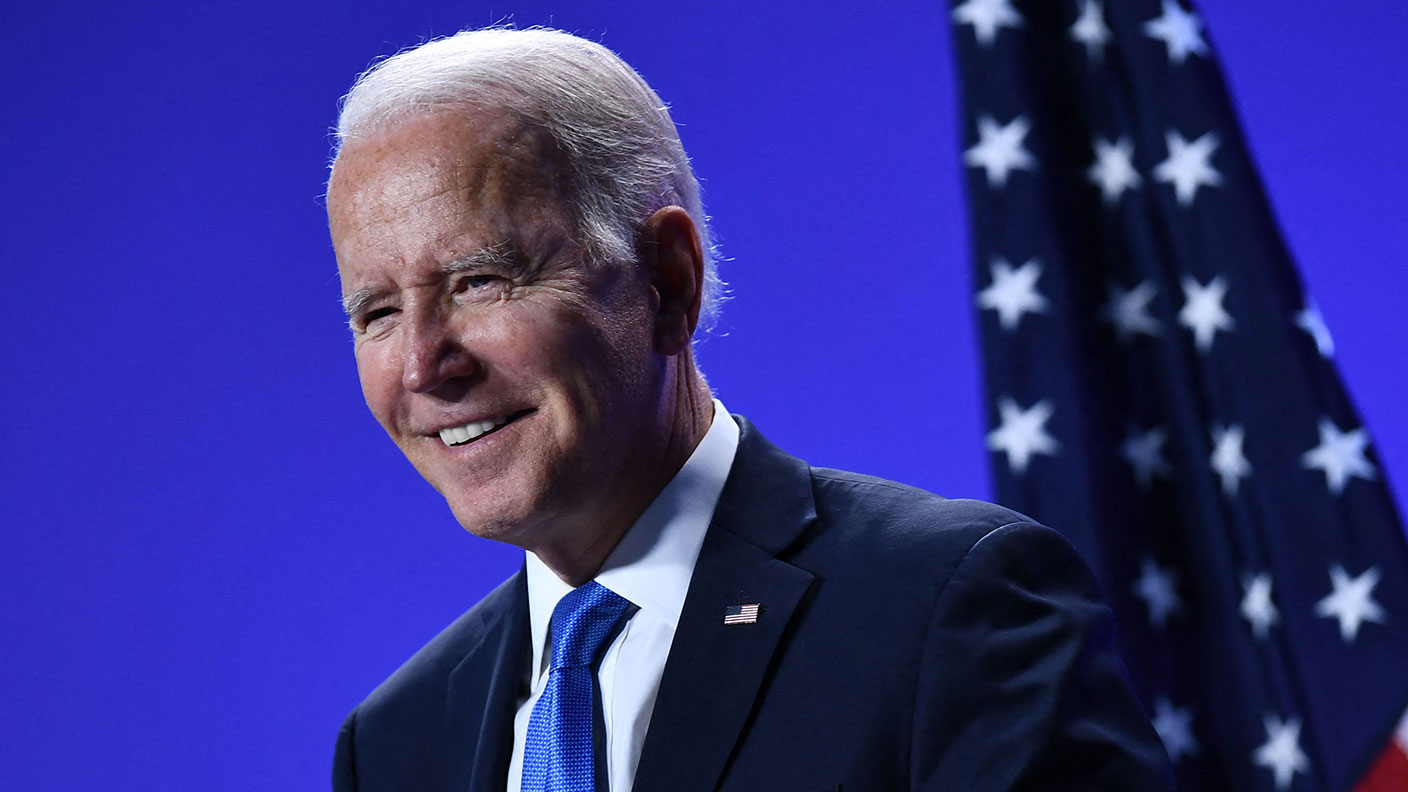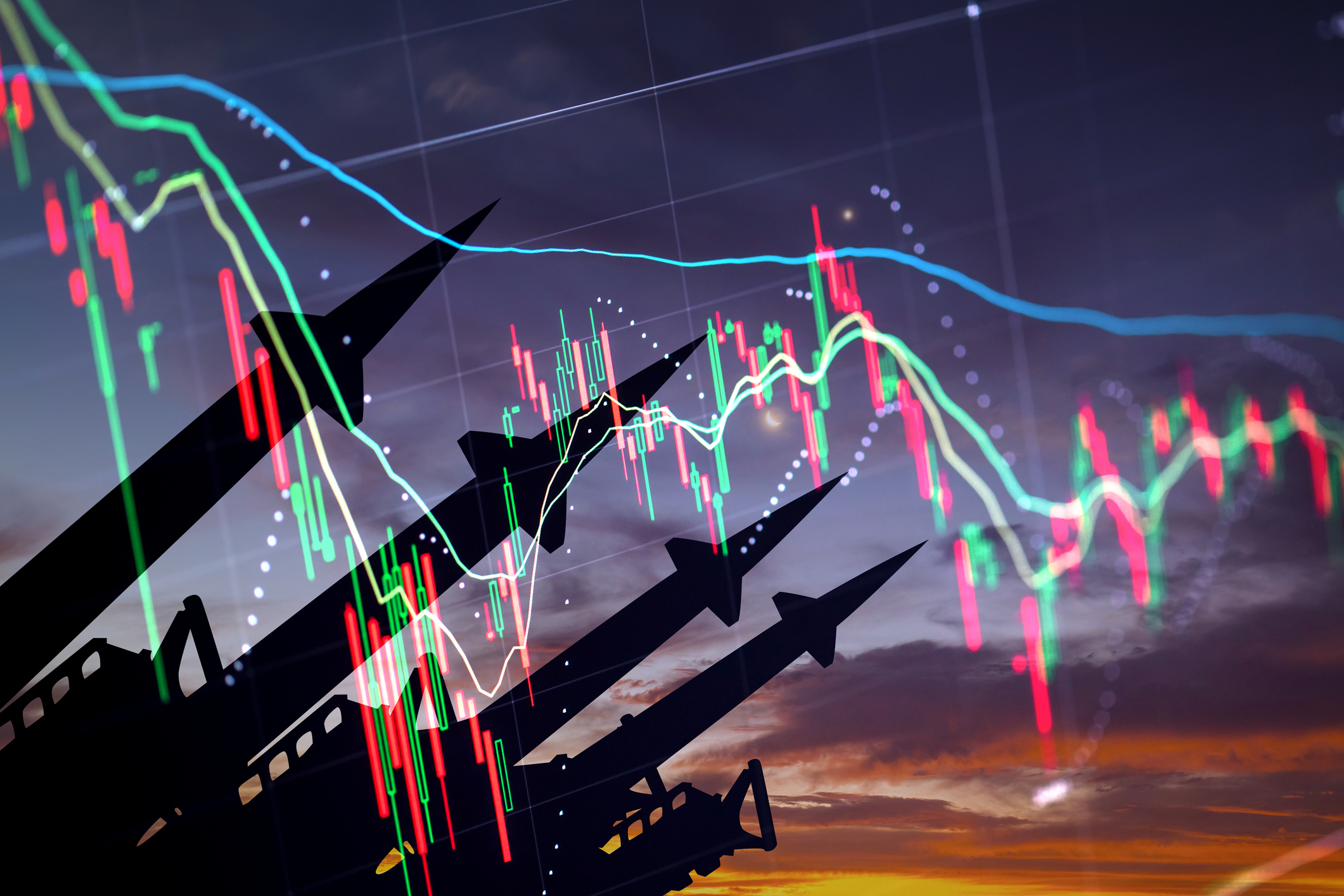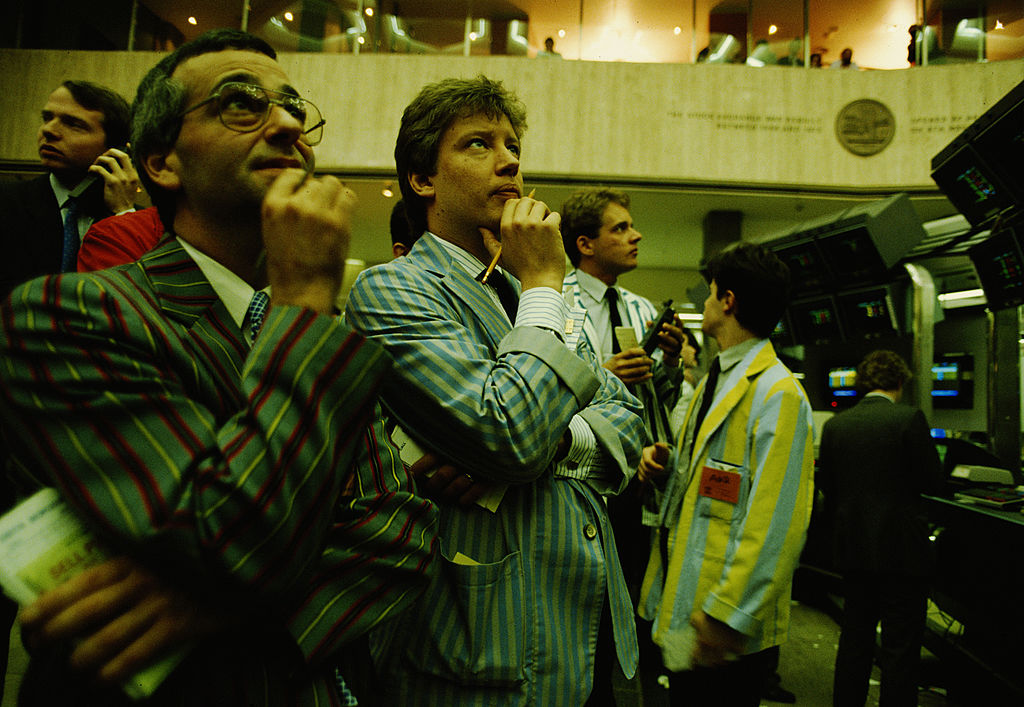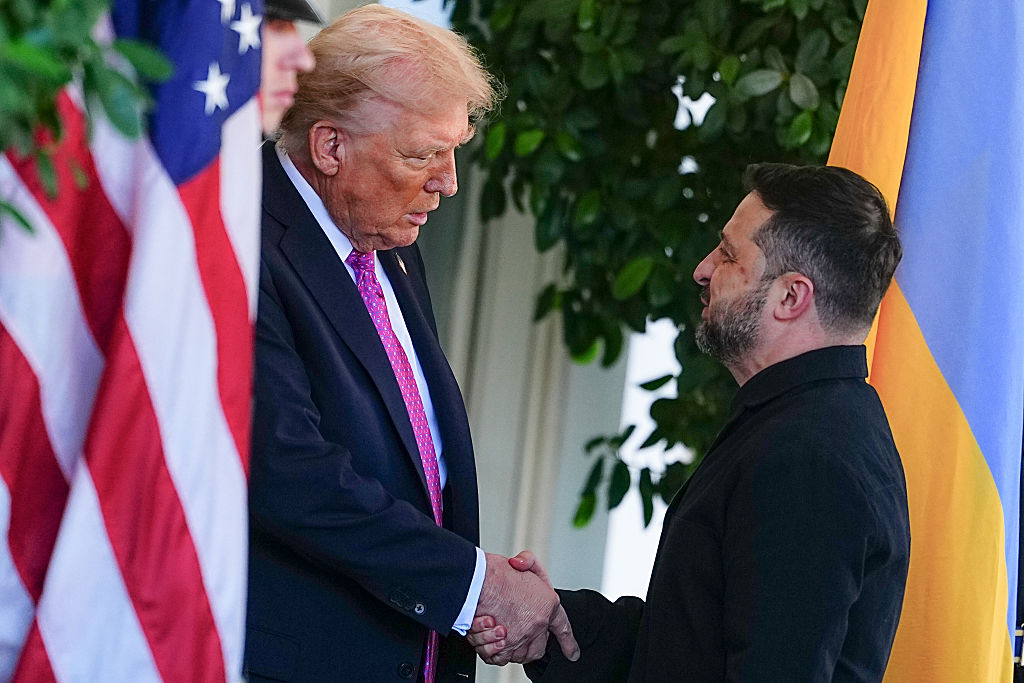Joe Biden’s public spending revolution eats itself
The US president’s flood of free money was going to save America. Now, the country is drowning, says Matthew Lynn.


It’s like fighting a war, argued economist Paul Krugman – no point worrying about the cost. It’ll create a “stronger industrial base”, said economist Mariana Mazzucato. It’ll “speed the recovery”, said Janet Yellen, another economist, now Treasury secretary.
When US president Joe Biden unveiled his huge $1.9trn stimulus programme at the start of the year, it had no shortage of cheerleaders from the economics establishment. And yet, only a few months later, the plan is starting to come apart.
Throwing caution to the winds
Biden’s plan to shrug off the centrist caution of previous Democratic presidents and transform the US economy was supposed to rival Roosevelt’s New Deal in ambition. Infrastructure would be rebuilt, climate change dealt with, new industries created, poverty defeated. Money would not be any object. Higher taxes on corporations and the rich would pay for everything, and if more cash was needed then the government would borrow it. Finally, the US was throwing off the shackles of fiscal orthodoxy, and growth would accelerate.
MoneyWeek
Subscribe to MoneyWeek today and get your first six magazine issues absolutely FREE

Sign up to Money Morning
Don't miss the latest investment and personal finances news, market analysis, plus money-saving tips with our free twice-daily newsletter
Don't miss the latest investment and personal finances news, market analysis, plus money-saving tips with our free twice-daily newsletter
Ten months later, and what is happening? In the last week, we have learned that growth slowed to an annualised rate of just 2% in the third quarter of this year, down from 6.7% in the second quarter. Meanwhile, inflation has jumped to an alarming 5.4%. And the rate of job creation has slowed. In the latest data, fewer than 200,000 new jobs were created, compared with expectations of more than 500,000, and unemployment is still above its pre-pandemic levels.
True, the American economy is still expanding. But it is sluggish at best, and there is absolutely no sign of the acceleration of growth that was predicted. And this at the very moment when all that massive stimulus should have turbo-charged growth to 5% or 6%.
Even worse, Biden’s tax plans are a mess. First, he proposed a “billionaire’s tax” that fell apart on its first contact with reality. It would have taxed a handful of the richest Americans on unrealised gains in their companies, forcing the likes of Amazon’s Jeff Bezos and Tesla’s Elon Musk to sell huge chunks of their holdings simply to pay their tax bills. It was badly planned, with minimal support, and had to be cancelled soon after it had been announced.
It has now been replaced with a “millionaire’s tax” that seems to be just as bad. It would impose a 5% surtax on households with a net worth of more than $10m, as well a minimum corporation tax on the largest US firms. Neither proposal seems likely to get through Congress, or to stand up to scrutiny by the Supreme Court even if it does. Biden’s team simply seems to be making it up as it goes along. A few “bash the rich” slogans is not a substitute for clear policies.
The slide towards stagflation
The US is learning some very old lessons. The first is that much of the money the government spends in any stimulus programme is simply wasted. Hundreds of billions were spent on sending out cheques to every qualifying citizen. The recipients didn’t even need to live in the US – plenty were sent to the UK, for example – which means they had precisely zero impact on demand.
Of the rest, many inevitably went to people who were already perfectly well off, and went into the bank, or into the stockmarket, inflating asset prices to even more absurd levels. Many of the new day traders dominating the market were simply playing with their free money. Much of the $1.9trn has been frittered away.
The second is that if you simply stoke up demand, without doing anything to improve supply, then all that happens is prices rise. There is lots more money around, but no more goods and services, and so everything simply becomes more and more expensive. You can’t spend your way to faster growth.
It has not taken long for America's president to be proved wrong. The US is now rapidly sliding towards stagflation. Prices are rising, growth is slowing down.That will carry on until someone gets a grip. The cheerleaders for the stimulus plan are looking ridiculous right now – and will look worse and worse as the US economy declines even further.
Get the latest financial news, insights and expert analysis from our award-winning MoneyWeek team, to help you understand what really matters when it comes to your finances.
Matthew Lynn is a columnist for Bloomberg, and writes weekly commentary syndicated in papers such as the Daily Telegraph, Die Welt, the Sydney Morning Herald, the South China Morning Post and the Miami Herald. He is also an associate editor of Spectator Business, and a regular contributor to The Spectator. Before that, he worked for the business section of the Sunday Times for ten years.
He has written books on finance and financial topics, including Bust: Greece, The Euro and The Sovereign Debt Crisis and The Long Depression: The Slump of 2008 to 2031. Matthew is also the author of the Death Force series of military thrillers and the founder of Lume Books, an independent publisher.
-
 Why Trustpilot is a stock to watch for e-commerce exposure
Why Trustpilot is a stock to watch for e-commerce exposureTrustpilot has built a defensible position in one of the most critical areas of the internet: the infrastructure of trust, says Jamie Ward
-
 Tetragon Financial: An investment trust with stellar returns
Tetragon Financial: An investment trust with stellar returnsTetragon Financial has performed very well, but it won't appeal to most investors – there are clear reasons for the huge discount, says Rupert Hargreaves
-
 How to capitalise on the pessimism around Britain's stock market
How to capitalise on the pessimism around Britain's stock marketOpinion There was little in the Budget to prop up Britain's stock market, but opportunities are hiding in plain sight. Investors should take advantage while they can
-
 London claims victory in the Brexit wars
London claims victory in the Brexit warsOpinion JPMorgan Chase's decision to build a new headquarters in London is a huge vote of confidence and a sign that the City will remain Europe's key financial hub
-
 The consequences of the Autumn Budget – and what it means for the UK economy
The consequences of the Autumn Budget – and what it means for the UK economyOpinion A directionless and floundering government has ducked the hard choices at the Autumn Budget, says Simon Wilson
-
 Reinventing the high street – how to invest in the retailers driving the change
Reinventing the high street – how to invest in the retailers driving the changeThe high street brands that can make shopping and leisure an enjoyable experience will thrive, says Maryam Cockar
-
 The global defence boom has moved beyond Europe – here’s how to profit
The global defence boom has moved beyond Europe – here’s how to profitOpinion Tom Bailey, head of research for the Future of Defence Indo-Pac ex-China UCITS ETF, picks three defence stocks where he'd put his money
-
 Profit from a return to the office with Workspace
Profit from a return to the office with WorkspaceWorkspace is an unloved play on the real estate investment trust sector as demand for flexible office space rises
-
 An “existential crisis” for investment trusts? We’ve heard it all before in the 70s
An “existential crisis” for investment trusts? We’ve heard it all before in the 70sOpinion Those fearing for the future of investment trusts should remember what happened 50 years ago, says Max King
-
 No peace dividend in Trump's Ukraine plan
No peace dividend in Trump's Ukraine planOpinion An end to fighting in Ukraine will hurt defence shares in the short term, but the boom is likely to continue given US isolationism, says Matthew Lynn
